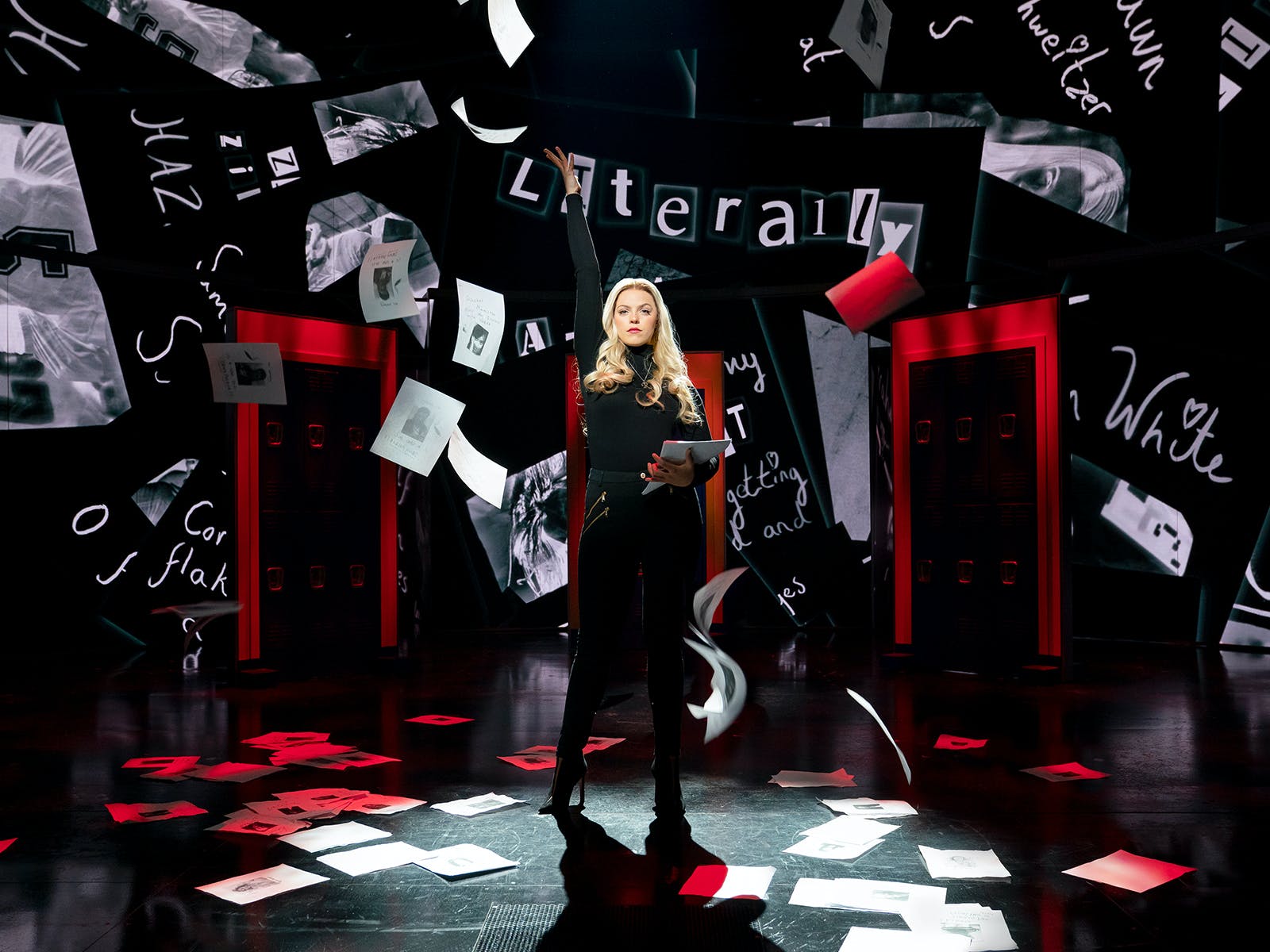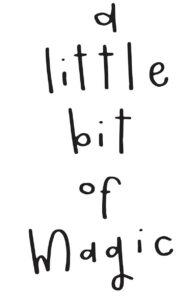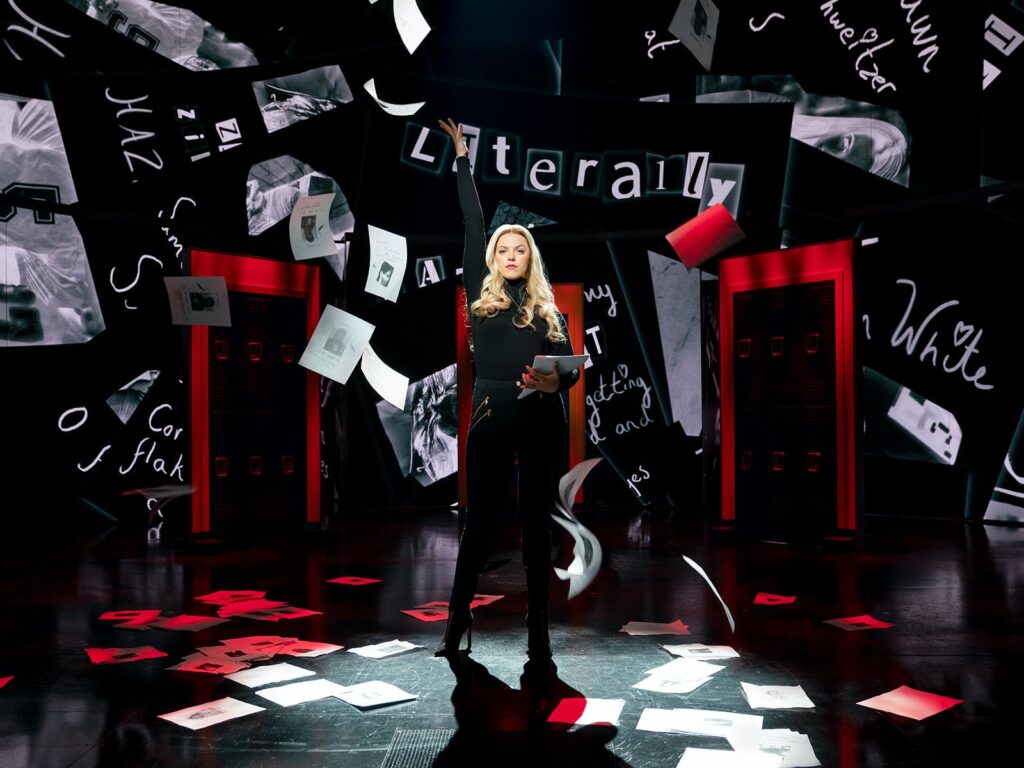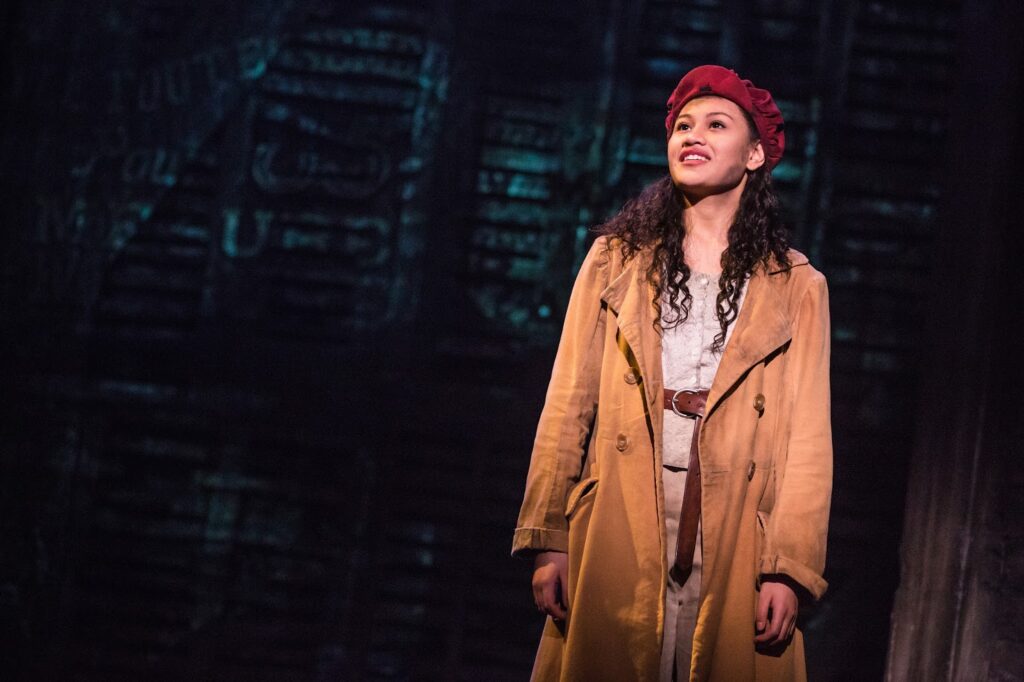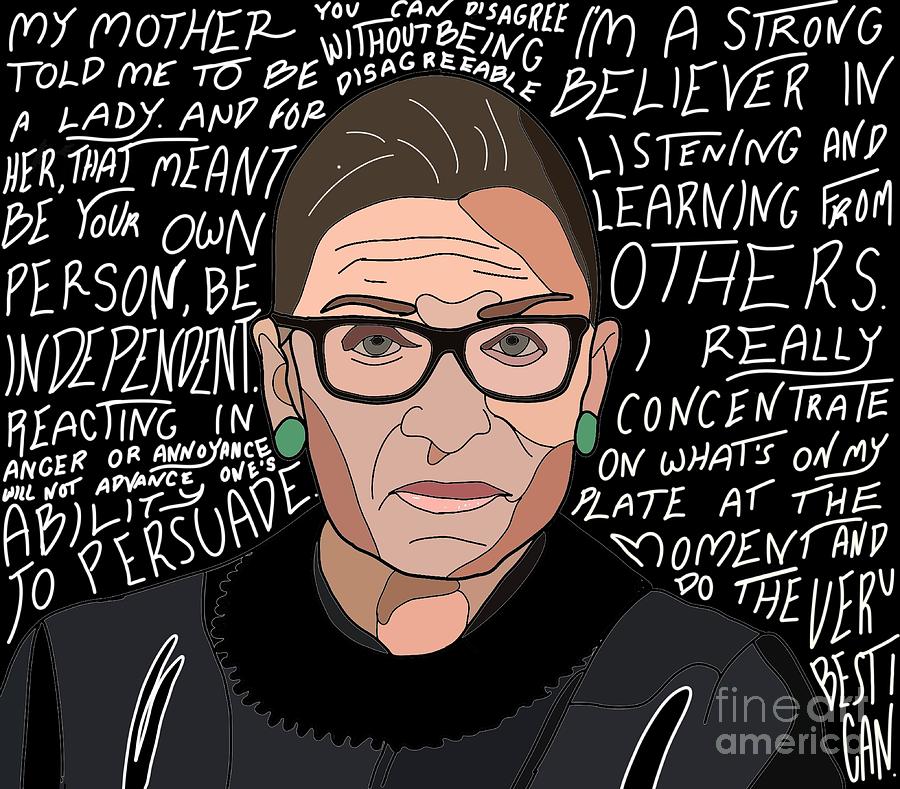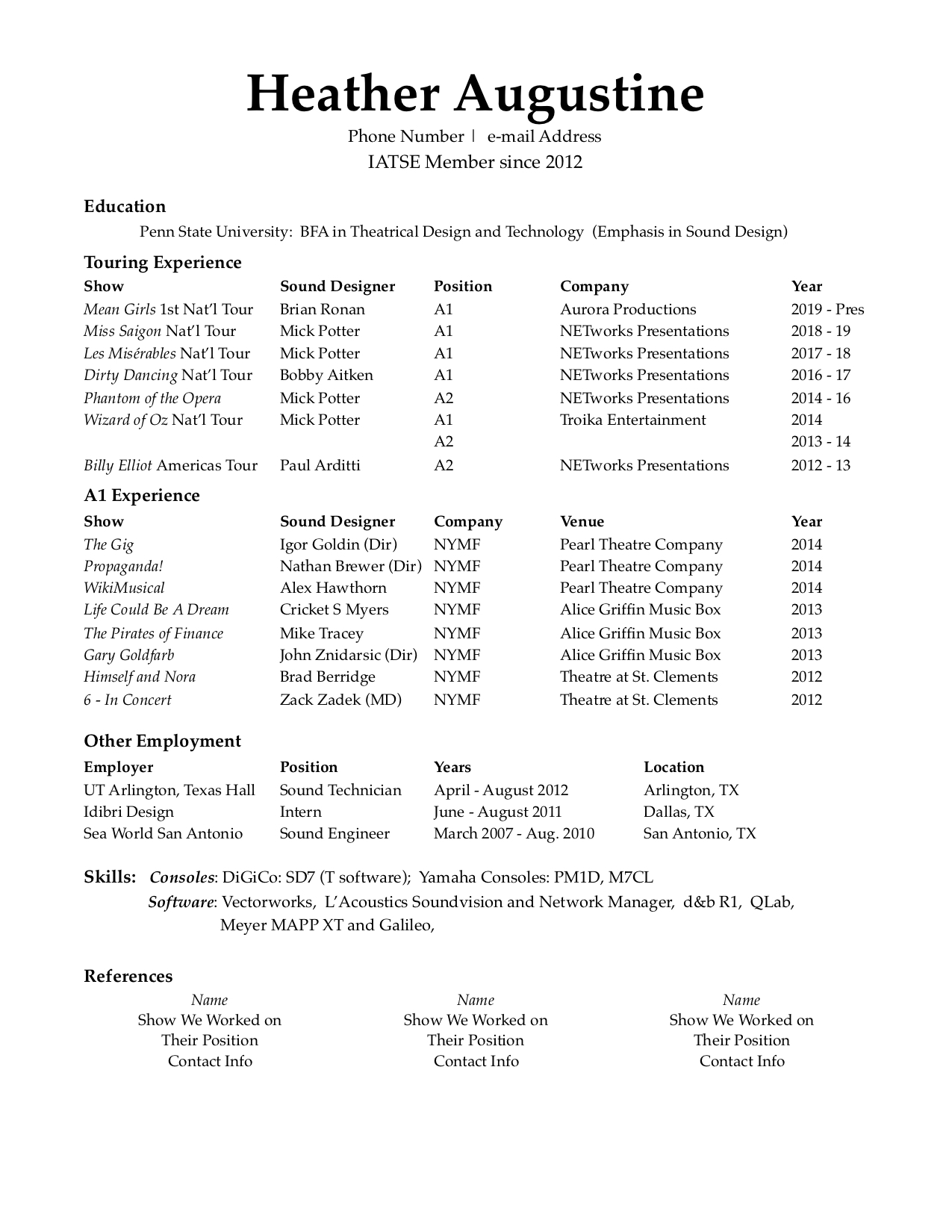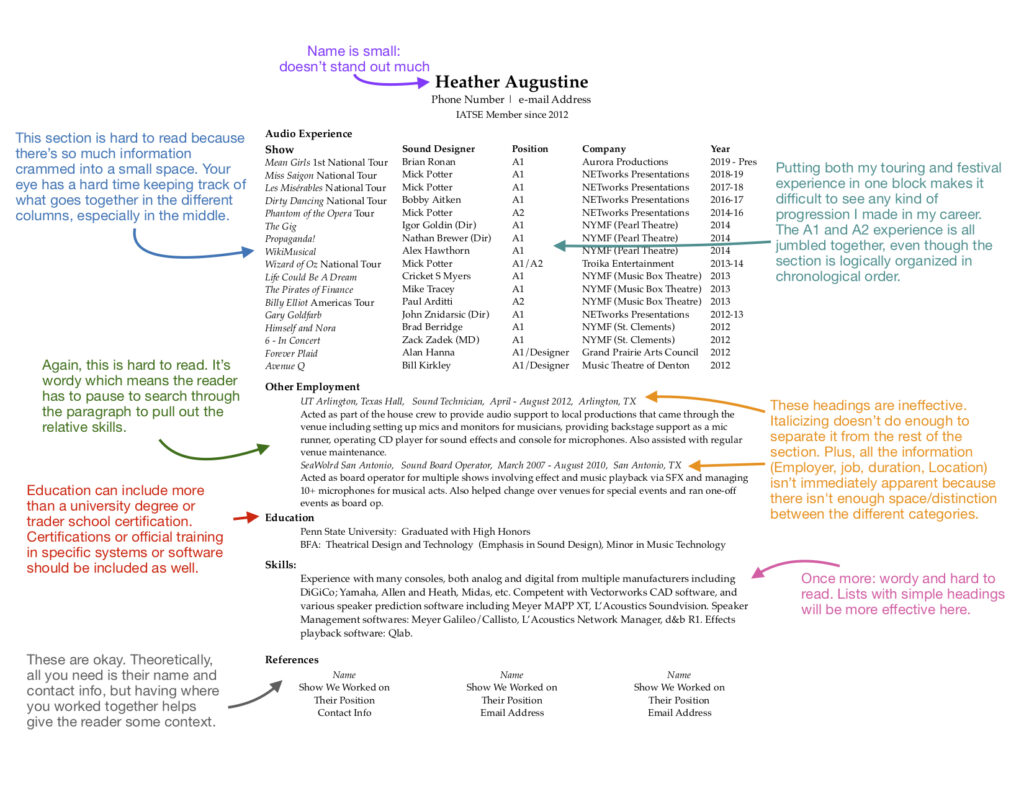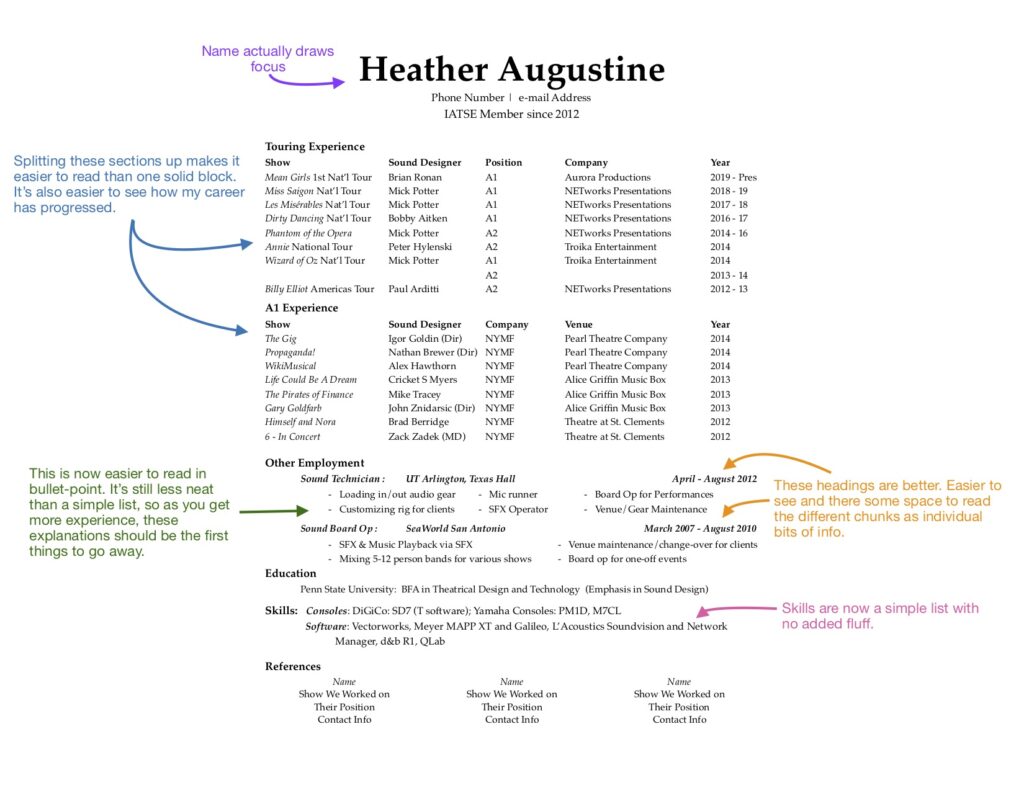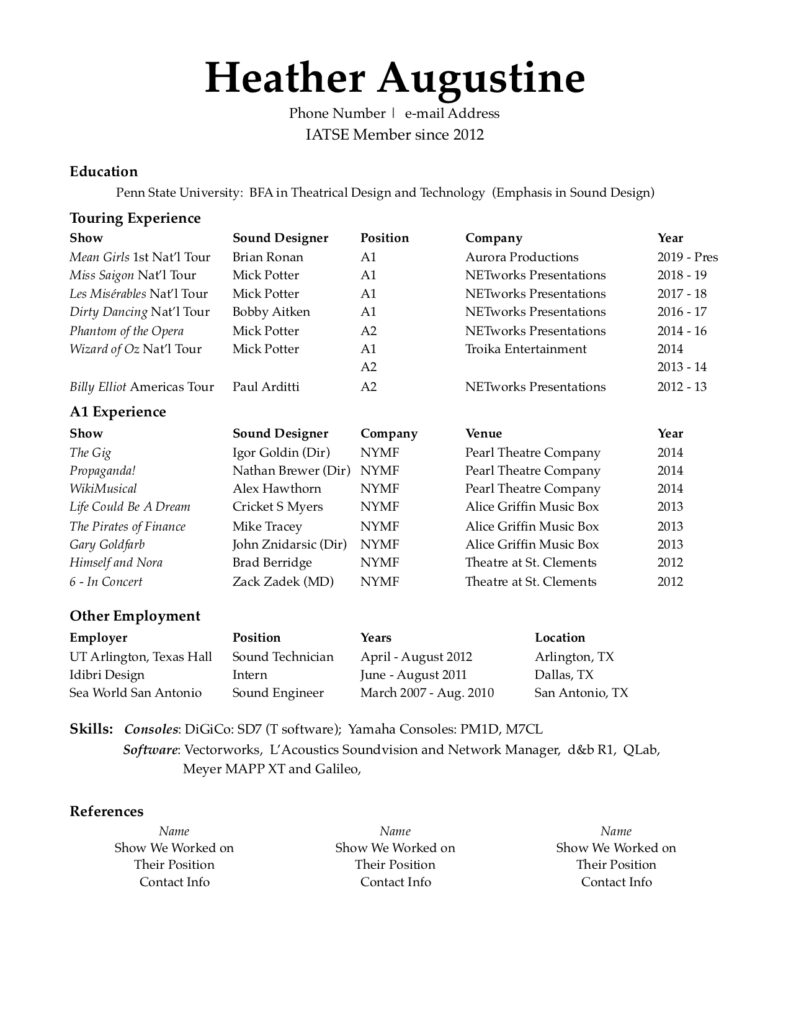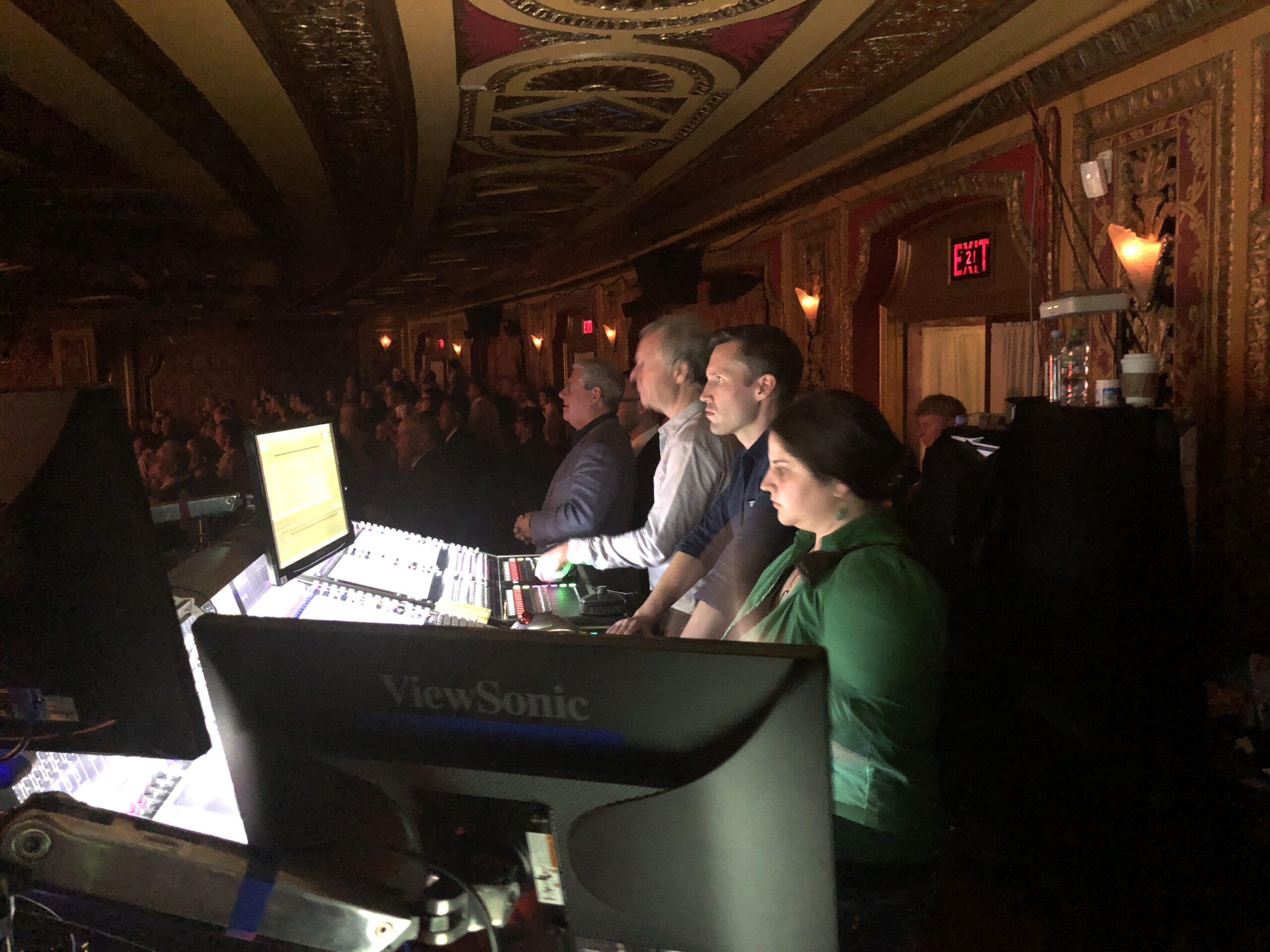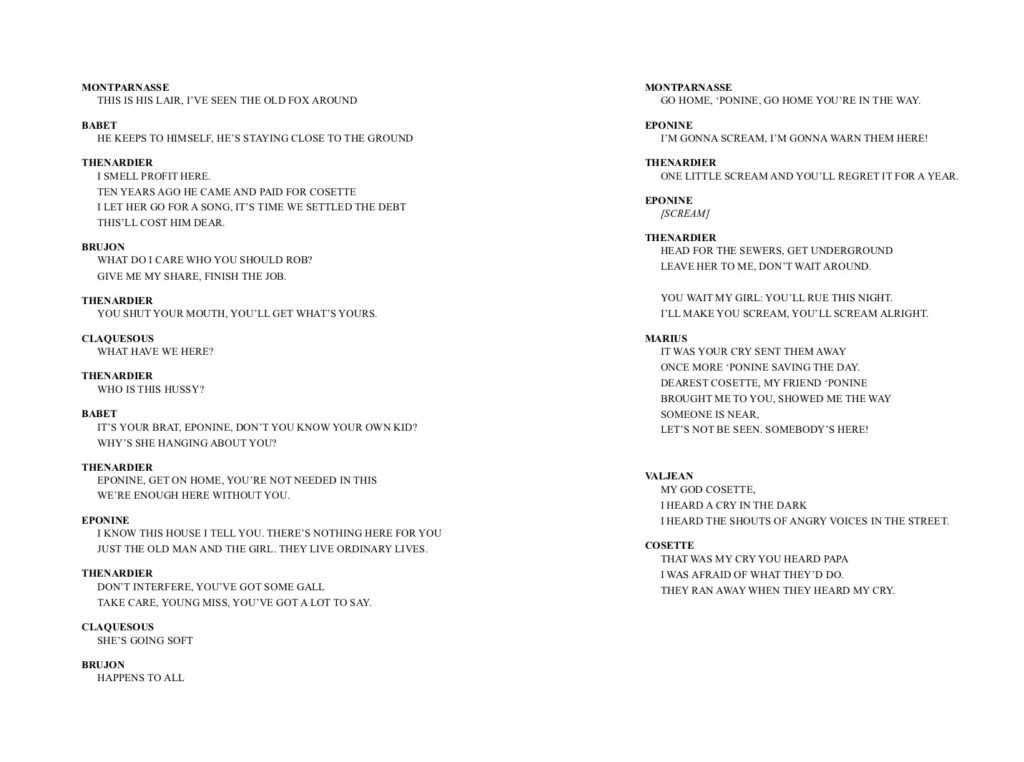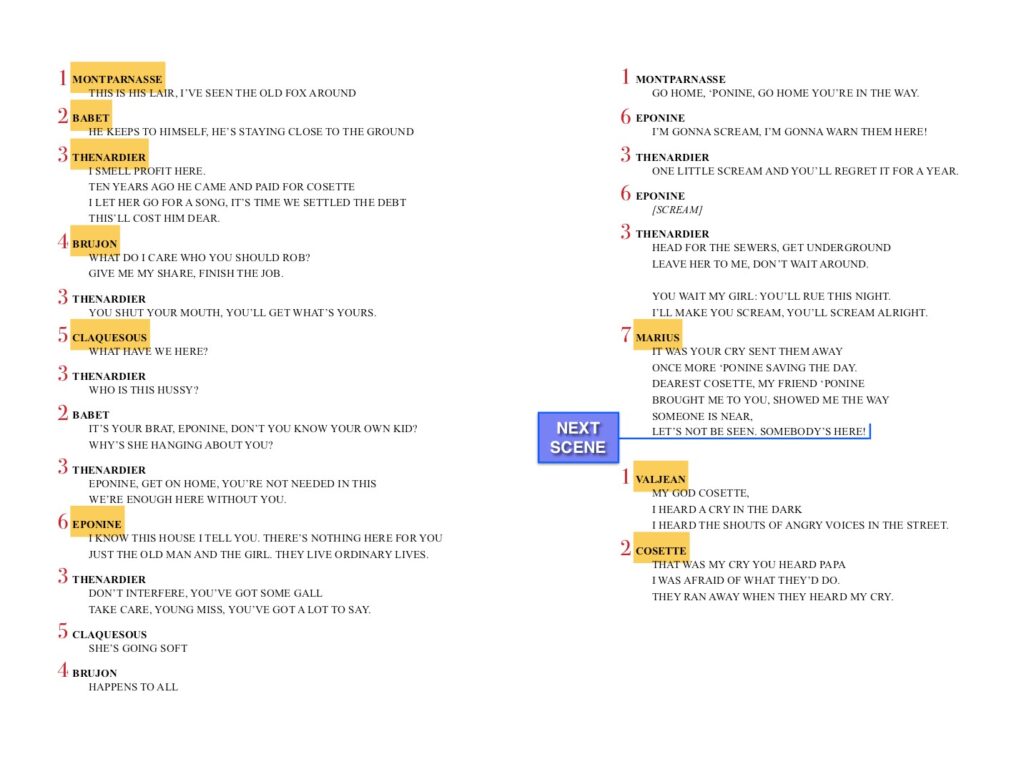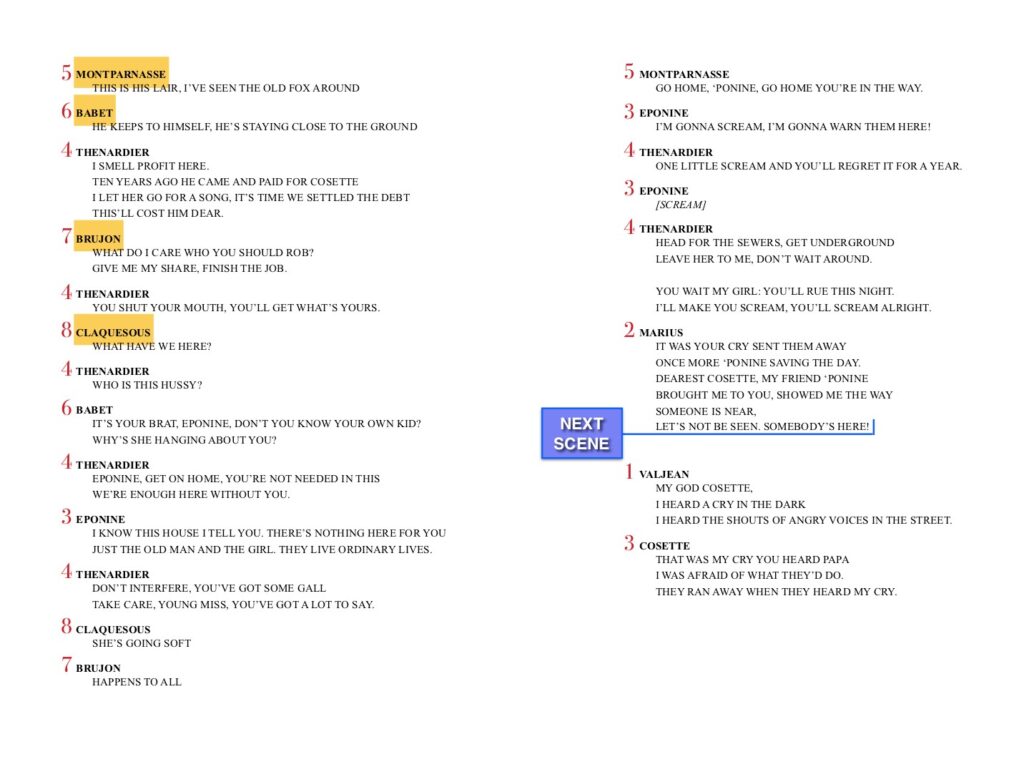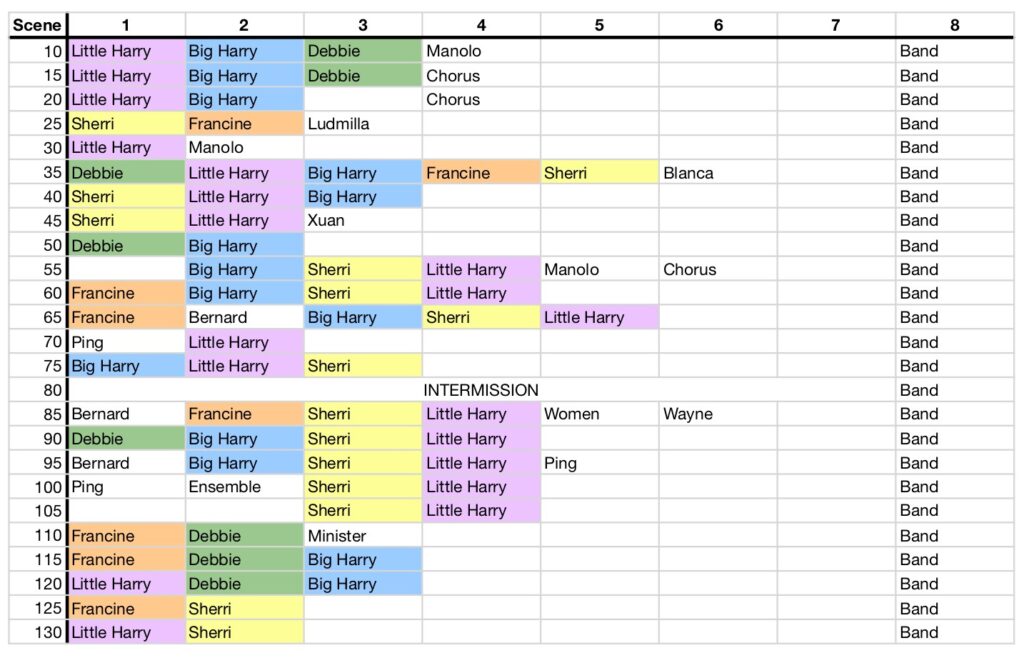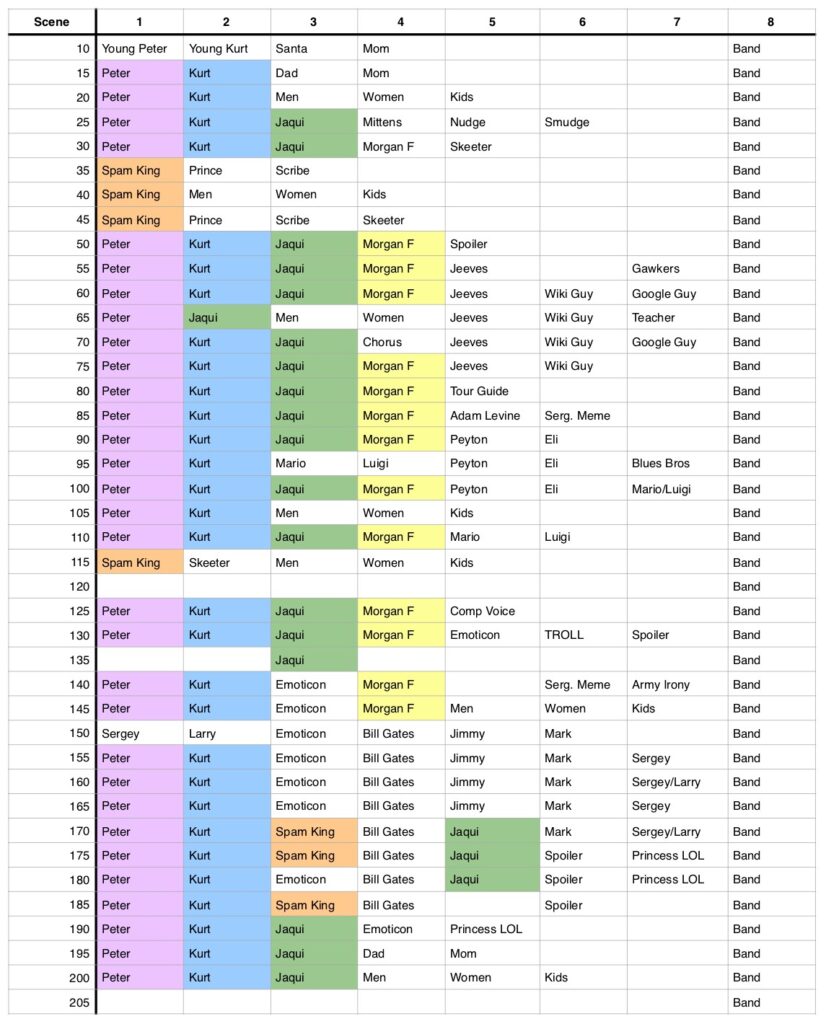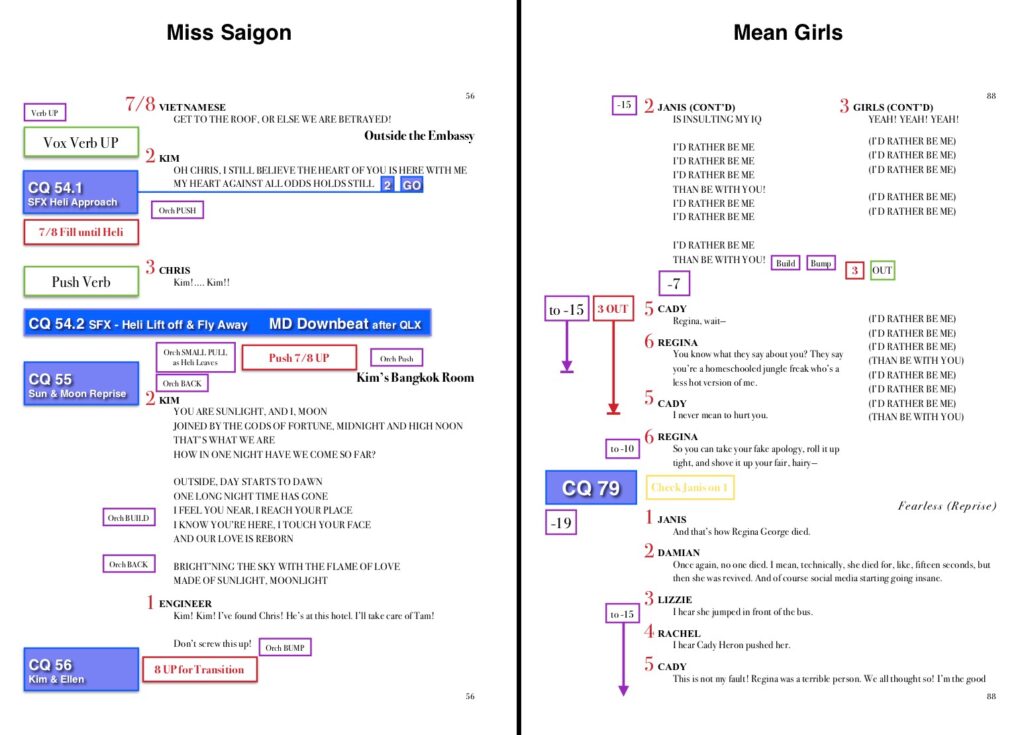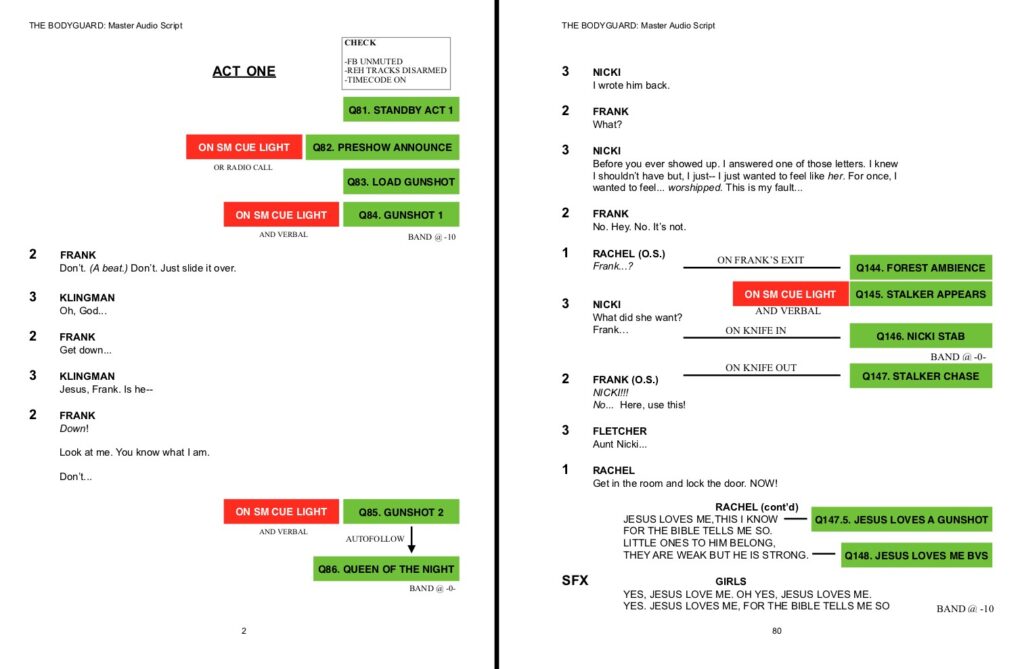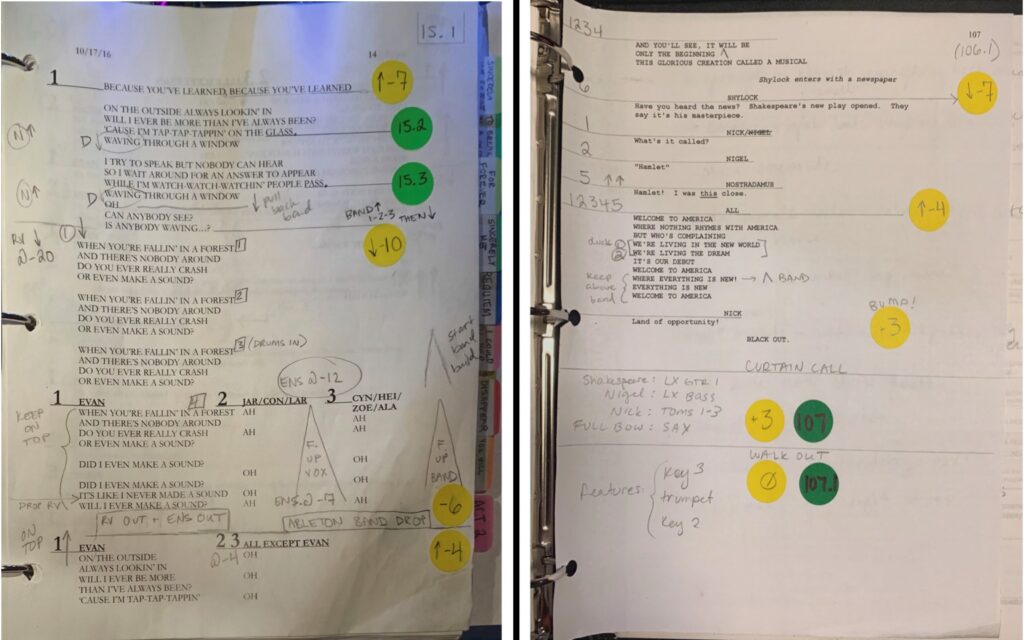
On Aesthetic Distance & Virtual Live Performance
In a theater, sound design is a mode of transportation into the world of the story. As we adapt to creating virtual live performances, however, we are up against greater challenges in effectively inviting the audience into the worlds we are building. In the virtual space, live performances are flattened – both literally and figuratively. So, the question becomes, how do we translate live theatrical performances to the virtual space in a way that offers a satisfying experience comparable to that of in-person theater? How do we address the lack of sensory immersion and narrow the gap in the aesthetic distance?
The X factor at home is huge and complicated – far beyond the question of what sort of headphones or speakers are used. How is the audience watching the show? Have they set everything up on their TV, lights dim, no distractions or are they balancing a tablet on the kitchen counter while they cook dinner, their kids watch cartoons, dog barks, and upstairs neighbors do jazzercise? Background noise and viewing setup aside, it’s more difficult to maintain focus at home. Distractions are everywhere, the level of commitment is much lower, and the energetic benefits of being in the room with other people are just not available. All of these issues prevent sensory immersion, widen the aesthetic distance, and impede audiences’ ability and willingness to suspend their disbelief.
In order to really transport our audiences without the control we typically have in a theater, we have to shift our approach. Narrative Transportation Theory (in the context of storytelling) suggests that reaching the state of complete mental absorption in a narrative hinges on two key ingredients: empathy and imagination. As sound designers, we certainly have tools to facilitate empathy along with the work of the text, the actors, fellow designers, etc. But imagination might be the most critical ingredient to pay attention to right now. How are we inviting our audiences to imagine?
In trying to convert our 3D medium to a 2D medium online, it makes sense initially to emulate television and film. And our audiences are already accustomed to enjoying television and film from the comfort of their own homes. However, virtual live theater is not television and it needn’t be. With incredibly tight budgets, the constraints of streaming platforms and accessibility to those platforms, achieving a production level comparable to that of a tv show is a maddening and often disappointing challenge. Beyond the production logistics, there is the issue of “Zoom fatigue.”
Over the past few months, I’ve been meditating on what variation of theater I would like to experience and how I would like to experience it. I desperately want to be transported and lose myself to a story while I’m trapped in my tiny apartment in real life. At the same time, I stare at my computer all day long and the idea of staring some more just for fun seems, well, not fun. I’ve also found it difficult to become immersed in virtual programming as I’m hyper-aware of virtual backgrounds, delays, all of the same things we grapple with behind the scenes. The risk of these elements is that they can stifle imagination rather than ignite it.
At first, my focus was on all of the incredible technology in our hands what innovative things we can do with it from our own homes. Lately, I’ve turned in the opposite direction. More specifically, towards radio plays. These are bare-bones times in need of bare-bones productions. Taking cues from radio plays along with gripping low-budget productions of any sort, memorable black box performances, anything that makes way for a “less is more” sort of approach is worthwhile. Right now, less is more. We certainly have less to work with, but we also need to allow more space for audiences to use their imagination and hopefully be transported into the story. Some of the designs may be best left to the mind’s eye or mind’s ear. We can perhaps benefit from paying special attention to what not to include. And, of course, I am biased towards sound (and would love to give my eyes a break), but I think this idea can apply more widely. In order to close the gap in the aesthetic distance, we have to craft a path towards the imagination.
Now, I am not advocating a strict return to radio plays. Nor am I advocating that we necessarily turn to sound-only media. In thinking about the process, however, live radio plays are a suitable jumping-off point. I certainly don’t have the answer to creating effective virtual productions and I can’t offer prescriptive advice or best practices as every show is completely individual. I do think, though, that there are some elements of a live radio play and its process that can enhance or at least refresh our approach in the virtual space.
Trying to capture attention by increasing stimuli can be more exhausting right now. Stripping a production down, counterintuitively, may offer a better opportunity for immersion. Knowing the challenges that we are up against, considering first what elements need to be presented and which can be forgone is a good first step to streamlining. Do we really need to hear that door close? Is it essential to see that room? As sound designers, we are already cognizant of silence as a strategic part of our design. What we do not hear is equally as important as what we do. We can expand this line of thinking to create more space in a production. What can be strategically left to the imagination? Then, keeping the two-dimensionality of the final product in mind, we can critically assess how each element is best portrayed, whether aurally, visually, as dialogue. The question being, what is the best way to provoke the mind’s ear or mind’s eye to complete the picture?
Lowering the complexity of virtual performances, in addition to making room for enhanced imagination, also allows for more focus and energy within the production. With fewer distractions and fewer opportunities for latency and glitches, actors and audiences alike have more space to relax and concentrate. The energy of live performance is one of the things that makes theater so compelling. When actors are in a flow state, completely absorbed in their characters and the story, all of their energy carries directly to the audience. With a stripped-down design, we can protect that precious energy.
Every show, every production can be approached, produced, designed in infinite ways, none of them right or wrong. As we all wrestle with creating live virtual theater, its limitations and possibilities, it is important to take a step back and re-evaluate our own personal design processes. For me, this has been a helpful way of reframing my work and my goals for virtual performances. It’s my hope that some of these ideas can at least come in handy when a virtual design hits a virtual wall. And when in need of some inspiration, go ahead and close your eyes and listen to some radio plays.
 Abigail Nover is a sound designer and composer based out of Miami, Florida. She works as a freelance designer for theatrical productions in English and Spanish throughout the country. She holds a BFA in Sound Design from Carnegie Mellon University School of Drama and an MA in Folklore from the University of North Carolina at Chapel Hill. Her work is often rooted in cultural memory and immersion. In addition to theatrical work, Abigail conducts oral histories and writes about cultural and sound studies. She is a member of the OISTAT Sound Design Group.
Abigail Nover is a sound designer and composer based out of Miami, Florida. She works as a freelance designer for theatrical productions in English and Spanish throughout the country. She holds a BFA in Sound Design from Carnegie Mellon University School of Drama and an MA in Folklore from the University of North Carolina at Chapel Hill. Her work is often rooted in cultural memory and immersion. In addition to theatrical work, Abigail conducts oral histories and writes about cultural and sound studies. She is a member of the OISTAT Sound Design Group.
